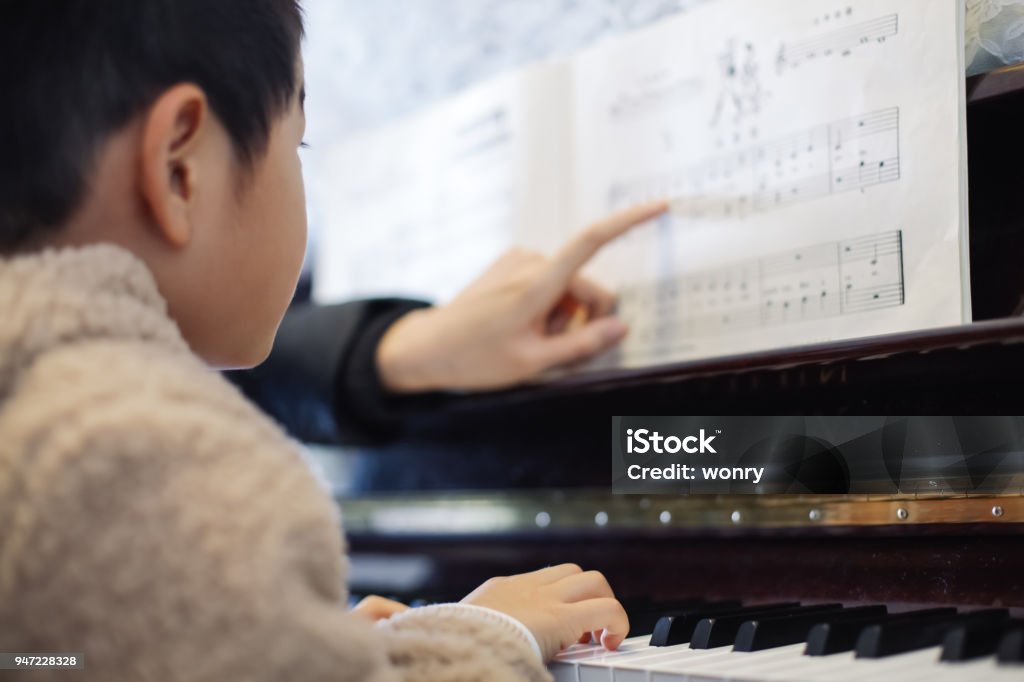From Beginner To Pro: A Step-by-Step Guide To Playing Piano

From Beginner To Pro: A Step-by-Step Guide To Playing Piano
Mastering the piano is an exhilarating skill to acquire. With the ability to play popular melodies or compose your own music, this versatile instrument is beloved by people worldwide.
From classical to rock, every genre, from the likes of Rick Wakeman to Mendelssohn, can be explored on the keyboard, making it a perfect fit for all tastes and styles. After all, music is a universal language that embodies one of the highest forms of creativity.
To aid you on this journey, we have put together a comprehensive step-by-step guide.
Step One: Familiarize yourself with the keyboard layout
When familiar with the keys, playing songs becomes easier. This method also helps with your finger dexterity when learning how to play piano.
For best results, number your fingers from one through five, with the thumb being one and the pinky being five. This should mean your fingers fall on the following keys: 1 on C, 2 on D, 3 on E, 4 on F, and 5 on G.
Next, raise your wrist so that you can balance an object on the reverse of it. Then, slightly curve your hand so that you’re playing using your fingertips rather than holding them flat. Aside from ensuring the piano is easier to play in this manner, it helps to speedily change hand positions – something that is required further down your learning journey.
Step Two: Use Two Hands When Learning to Play Piano

Now that you’ve learned how to play the piano using one hand, it’s time to embrace both of them. Each hand should be placed in the same position as above. Both of your hands should move in the same direction when playing and follow the sequence below.
RH: 3 2 1 2 3 3 3— 2 2 2— 3 5 5— 3 2 1 2 3 3 3 3 2 2 3 2 1—
LH: 3 4 5 4 3 3 3— 4 4 4— 3 1 1— 3 4 5 4 3 3 3 3 4 4 3 4 5—
Step Three: Learning How To Play Piano Chords
Three or more notes played at once are called chords. Although playing numerous keys at one time can seem daunting, it’s far from daunting, and learning basic chords will help you excel in your learning journey.
Step Four: Start Practicing a Song Using Chords

Whether it’s a celebrated song, a new song, or one you have written yourself, you can find chords for almost any tune in a book or online. You can play any song you desire with the right chords, whether a pop song, a classical number, or even a rock song!
Most prevalent songs boast just five or six chords, and often repeat these same chords throughout the song, particularly in the chorus.
If the chord is a minor, it will showcase a lowercase “m”.” For major, nothing will appear after the letter name. For example, if the chord is noted down as “A,” then you will need to play the major A chord. However, if the name is shown as “Am,” you will need to place the minor A chord.
When practicing chords, it helps to sing whilst playing. If you’re not one for singing, ask a friend or family member to sing along.
Step Five: Try Playing the Tune
Play a few notes of the tune to guide you (or a friend) while you sing the song in question. You can either learn to read the music or pick these out by ear. Don’t be put off by this. It’s certainly not necessary to learn to read sheet music when learning how to play the piano. It does help.
Step Six: Learn to Read Right-Hand Notes

There are five lines available when it comes to writing notes. The noteheads (or the round bit) alternate with the line sitting in between the lines (space notes) or going through the middle of them (line notes).
For the best results, learn the spaces and lines separately. A top tip for this? Use E G B D F for the line notes and F A C E for the space notes.
Notes can be written above and below what is labeled the staff. The note directly below the five lines is always the D note. The note below the D, which has its line through it, is the middle C. The space note that sits above the staff is G, and the note above this is A.
Once you have these imprinted in your brain, there are two additional symbols to learn. These are A “flat” (represented by a small b in sheet music). This flattens the note down to the nearest black note. The other symbol? A “sharp” (#) which pushes the note up to the nearest black note. Both sharps and flats appear in front of the note they apply to.
Once you learn to read the right-hand notes, try reading music for your favorite song and using your left hand for the chords. It’s a good idea to choose a song you’re familiar with. This is especially the case when starting.
What’s next?
If you think you have the essentials figured out, try adding new songs to your repertoire or switching between musical styles. This will help you to develop your skills further. Other things you can try including learning music theory, becoming familiar with reading notes and sheet music, investing in your own piano or digital keyboard, and finally, writing songs. The main thing is you practice and have fun.
The Bottom Line
There are many benefits to playing piano. It helps with relaxation, can assist in releasing frustrations, lessens anxiety, and makes you and those around you) feel happy.
Whether you wish to play for fun or to become a professional, there are plenty of top tips and tricks. Following these will ensure your playing ability.
The beauty of this instrument? It offers rewards every step of the way, meaning you stay motivated. Playing the piano is easier than learning an array of other musical instruments. The main reason you should consider this instrument, however, is for your fulfillment.
Keep in mind that learning piano isn’t something that happens overnight. Don’t become discouraged if you don’t get the hang of it immediately.








